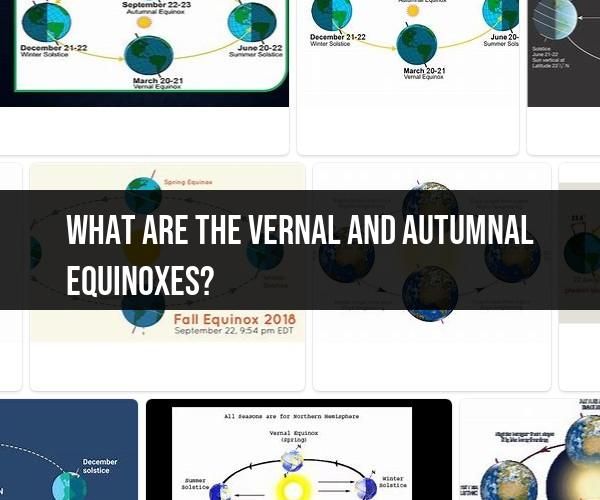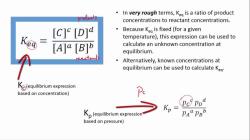What are the vernal and autumnal equinoxes?
The Vernal Equinox and the Autumnal Equinox are two significant astronomical events that occur twice a year, marking the changing of seasons. These equinoxes have unique characteristics and impact the length of daylight and nighttime hours.
Vernal Equinox
The Vernal Equinox, also known as the Spring Equinox, marks the beginning of spring in the Northern Hemisphere. It occurs around March 20th or 21st each year. During the Vernal Equinox, the Sun is directly above the Earth's equator, making day and night approximately equal in length worldwide. After this event, days become longer, and nights become shorter as the Northern Hemisphere tilts towards the Sun.
Autumnal Equinox
The Autumnal Equinox, also known as the Fall Equinox, heralds the start of autumn in the Northern Hemisphere. It takes place around September 22nd or 23rd annually. Similar to the Vernal Equinox, the Autumnal Equinox results in equal daylight and nighttime hours globally. Following this equinox, days become shorter, and nights become longer as the Northern Hemisphere tilts away from the Sun.
Scientific Explanation
The Vernal and Autumnal Equinoxes are natural phenomena caused by the Earth's axial tilt. The Earth orbits the Sun with a tilt of approximately 23.5 degrees. During these equinoxes, the Earth's tilt is such that neither the North Pole nor the South Pole is tilted towards or away from the Sun, resulting in equal illumination of both hemispheres.
As the Earth continues its orbital journey around the Sun, the axial tilt changes the amount of sunlight each hemisphere receives, leading to the changing of seasons.
Cultural and Traditional Significance
Throughout history, the Vernal and Autumnal Equinoxes have held cultural and symbolic significance for many civilizations. These events often mark important occasions for celebrations, festivals, and rituals that are tied to agricultural cycles, harvests, and the changing of the seasons.
In various cultures, the equinoxes are associated with themes of balance, renewal, and reflection. Traditional customs and observances during these times are passed down from generation to generation, enriching the cultural tapestry of societies worldwide.
Conclusion
The Vernal and Autumnal Equinoxes are captivating astronomical occurrences that symbolize the transitions between the seasons. They demonstrate the dynamic relationship between the Earth and the Sun, shaping the natural rhythms of life on our planet.












